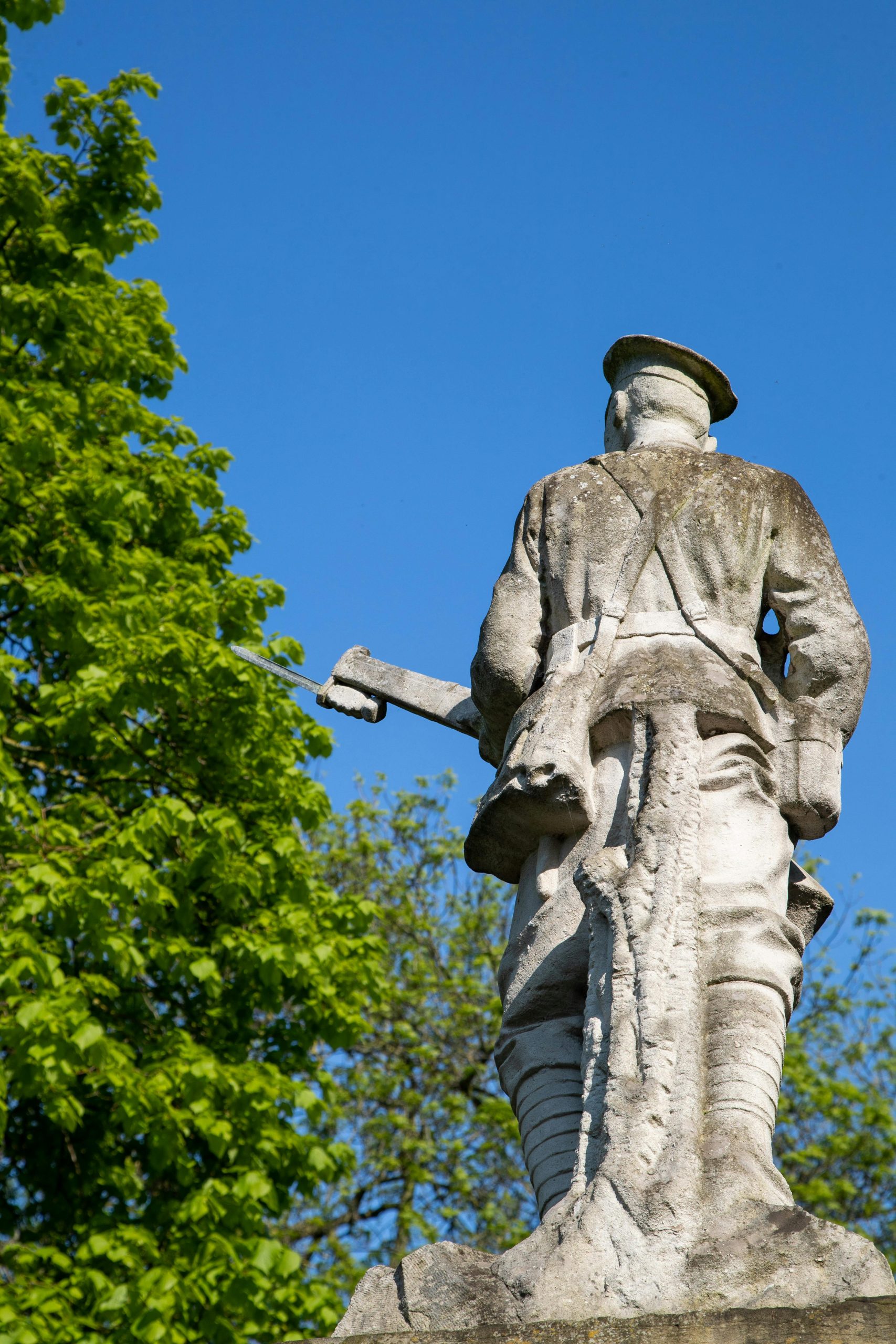What should I put in the prompt to get a realistic (photorealistic) image from an illustration?
Enhancing AI-Generated Images: Achieving Photorealism from Illustrations
In recent years, AI-powered image generation tools have revolutionized creative workflows, enabling artists and designers to transform ideas into visual content rapidly. A common challenge faced by users is guiding these models to produce photorealistic images from initial illustrations. If you’ve attempted this process and found yourself repeatedly receiving the original artwork instead of a convincing photograph of a real human, you’re not alone. This article explores effective strategies and prompt techniques to help you achieve more realistic, lifelike results from your prompts.
Understanding the Challenge
When requesting a transformation from an illustration to a photorealistic image, the AI model relies heavily on the prompt’s clarity and the keywords used. Phrases like “create this as a photo of a real human” often yield limited success because the model may interpret the instruction literally or become confined within certain learned patterns. Moreover, repeated prompts using the same wording can cause the model to generate familiar outputs, leading to frustration.
Effective Prompt Engineering Techniques
- Use Specific Descriptors
Incorporate detailed adjectives that describe realism and photographic qualities. For example:
- “Generate a high-resolution, lifelike photograph of a human”
-
“Create a hyperrealistic portrait based on this illustration”
-
Leverage Recognized Photographic Terms
Including well-known photography terms can signal the AI to produce more realistic images:
-
“Photorealistic,” “hyperrealistic,” “cinematic lighting,” “natural skin tones,” “bokeh background,” “studio lighting,” “depth of field”
-
Emphasize Style and Lighting
Specifying lighting conditions and photographic styles can guide the model toward the desired realism:
- “A natural, outdoor portrait with soft sunlight”
-
“A professional studio shot with even lighting and a blurred background”
-
Provide Context or Reference Images
When possible, supply reference images resembling the style or subject matter you aim to generate. While some AI tools support direct image prompts, others respond better to descriptive prompts that include visual context.
- Experiment with Prompt Variations
Avoid repetitive phrasing. Try different combinations of keywords and descriptions to observe how the model responds. For instance:
- “Transform this illustration into a photo-realistic image of a human with natural proportions and detailed features”
- “Create a true-to-life photograph based on this drawing, emphasizing realistic skin textures and accurate lighting”
Conclusion
Transforming illustrations into convincing photorealistic images requires careful prompt














Post Comment